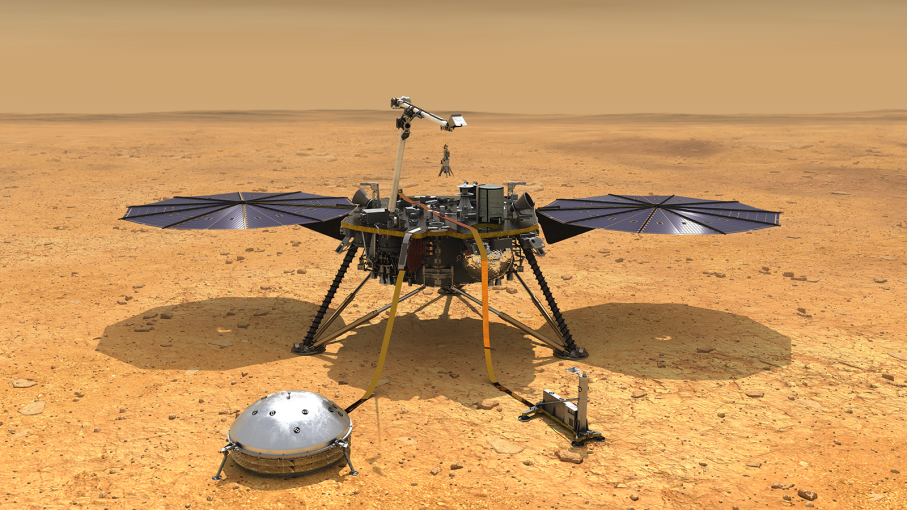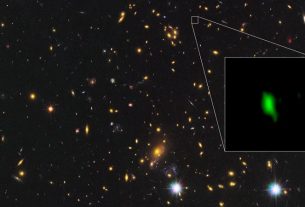According to the National Aeronautics and Space Administration (NASA) official website, on the 12th local time, the agency’s “Insight” Mars lander has successfully set up underground thermal detectors. The surface of Mars is about 1 meter away from the previously installed seismometer.
According to the report, the thermal probe of this temperature measuring device will then descend from the surface of Mars to a depth of about 5 meters. The internal temperature of Mars is different from that of the Earth, said Huey Smolka, deputy researcher at NASA’s Jet Propulsion Laboratory, which is designed to measure the “body temperature” of Mars and the internal heat flow.
“The ‘body temperature’ measured by the temperature measuring device will tell us how much heat is emitted by Mars and whether the composition of Mars is the same as Earth. This important information not only helps us understand Mars but also helps to understand all the rookies in the solar system. Composition and evolution,” said Shi Boen, chief scientist of the “Insight” temperature measuring device.
The “Insight” was successfully landed on the Martian Ehrlich Plain on November 26 last year, carrying out the first human exploration of Mars’ “inside heart” mission. It is equipped with three main scientific instruments, including seismometers and temperature measuring devices that need to be deployed on the surface of Mars, while rotating and internal structure testers do not need to be used separately, and it has begun collecting probe data.
In December last year, the Insights successfully placed the seismograph on the surface of Mars, listening to the waves from inside Mars, and helping scientists analyze the depth and composition of different levels within Mars.
The Insight was launched from Vandenberg Air Force Base in central California on May 5 last year. Unlike the Mars probes such as the “Courage” and “Opportunity,” the “Insight” is a fixed detector, and in-situ drilling experiments complete most of the scientific tasks.




